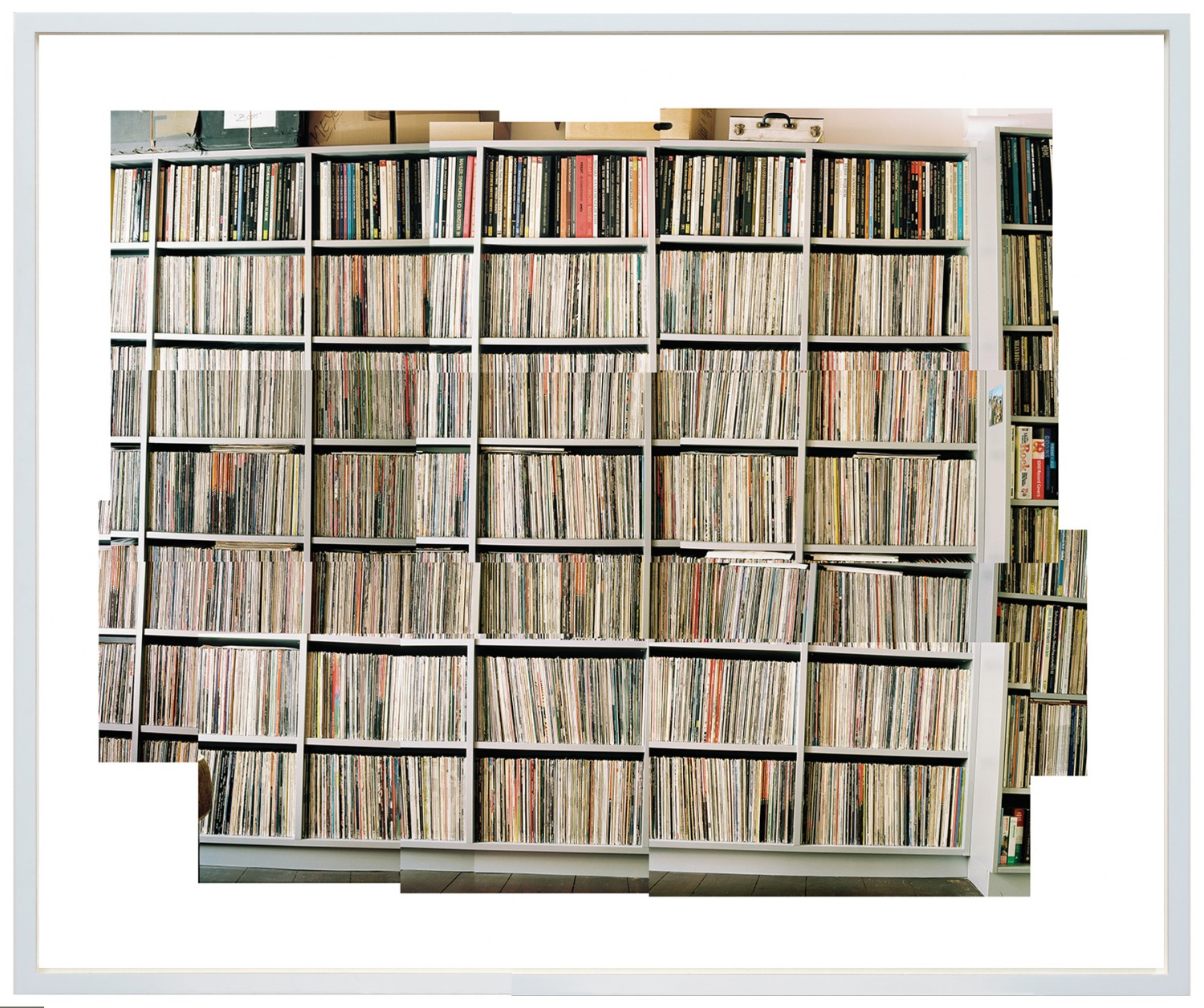
© Martin Mlecko
Expositions du 27/1/2017 au 11/3/2017 Terminé
Grundemark Nilsson Gallery Köpenicker Straße 126 10179 Berlin Allemagne
Press release - When artists such as Martin Mlecko devote themselves to exploring current aspects of beauty, they align themselves with anachronism and avant-gardism, because they are motivated both by classical and romantic ideals and the search for a glimpse of the extraordinary, a trace of the unfamiliar, which is why they find it so important to consciously work within a cosmos of the arts and not to become distracted, or possibly influenced by popular tastes. They believe that we humans, as cultural beings, yearn for images which have emerged from the (collective) past, which are an incisive expression of the present and yet will still have the power to move us in the future. According to their conviction, beauty is a very decisive factor in this process – both as a basic category of human experience and as a reliable dramaturgical moment, raising awareness, in order to encourage the viewer – similarly to the ugly or the shocking – to look more closely and hence more deeply.Grundemark Nilsson Gallery Köpenicker Straße 126 10179 Berlin Allemagne
But Mlecko was not the one who stayed in his studio, slaving over the picture to end all pictures. He was always on the go, on journeys – short or long – garnering material for his collection, from which he then selects thematic cycles and picture series.
Places and atmospheres, encounters and stories are photographed, drawn and described in writing, from which he derived his visual images. He used sweeping gestures, at times including pathos, visual language in the form of parable or allegory as appropriate ways of enhancing emotional clarity – as mentioned before, he was an anachronist.
A grid of delicate, almost naïve-looking pencil lines on paper or canvas is simultaneously a meditative symbolic gesture and a journaled confirmation of existence. The library views, composed of slightly skewed single pictures, turn out to be subtle picture compositions, which can be read as individual portraits of people who are not visible in the photos. And photos of abstract colour fields question the basic pictorial conditions of the medium itself, while simultaneously plumbing painterly depths in which we can allow ourselves to float contemplatively.
He combined this, simultaneously and elegantly, with basic modern art forms and in so doing with the principle of montage in particular (the key meaning of which regarding visual art is, incidentally, undervalued in favour of the pervasive term abstraction).
In all of these works, Martin Mlecko was constantly on the lookout for / searching for the image’s beauty, in the true sense of an aesthetic ideal – yet his real interest was only kindled when that beauty is woven into a multi-layered narrative, which he could then discover for himself and us, and save from extinction.


